C.K. Choi Building, University of British Columbia, Vancouver BC
- Building type(s): Higher education, Commercial office
- New construction
- 34,400 square feet
- Project scope: 3-story building
- Urban setting
- Completed April 1996
This building is an important precedent for the use of composting toilets in urban contexts in Seattle for several reasons:
1) The climate is similar.
2) The building style is contemporary and the program is day-use designed for office users and students (in contrast to earlier applications seen predominantly in outdoor settings or in buildings serving an environmental education mission).
3) The building has a high occupancy rate – 300 people, 40 hours per person/week
4) The building is 3-stories, and thus showcases the integration of composting toilets in a vertical (stacked) system. The toilets on upper floors use a foam flush model in order to ensure the waste reaches the basement vault.
(Figure 4: C.K. Choi Building)
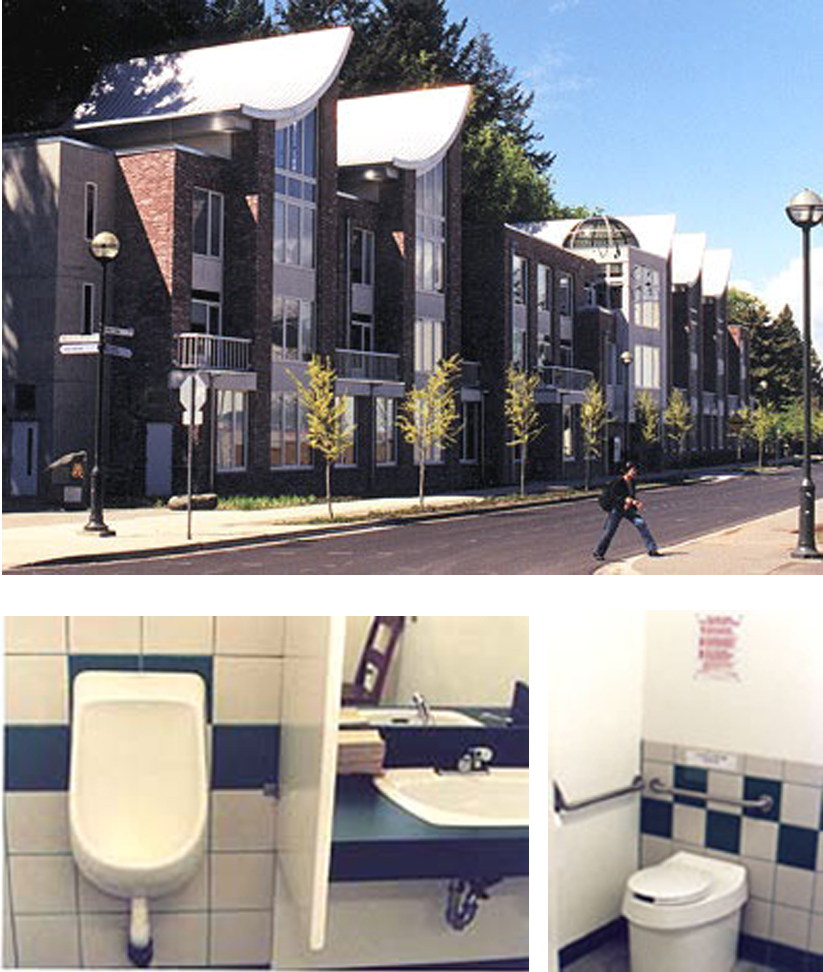
(Figure 5: Cilvus Multrum System)
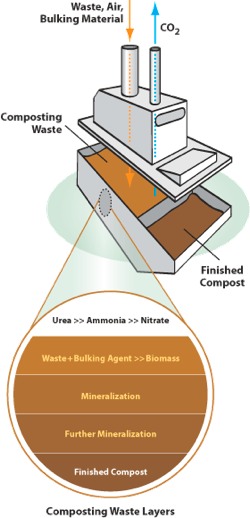
Picardo P-Patch, Seattle WA
- Building type(s): Outdoor community garden setting
- New construction
- Project scope: Outdoor privy serving community gardeners
- Urban setting
- Completed 2010
This project is the first permitted composting toilet on City of Seattle-owned land (and some say it is the first permitted composting toilet in the entire city.) The project is important because it identified and worked through many permitting obstacles that inhibited the application of composting toilets within the city. One of the most critical was a requirement for all sanitary systems to connect to the public sewer line if a line was located within 200 feet of the system. This requirement would have been cost prohibitive and also would have defeated the purpose of the project. The P-Patch group was able to get a variance on this requirement. That notwithstanding, SPU highlighted that they are not currently staffed appropriately to review and approve regular permit requests for composting toilets on private land within the city. So institutional barriers to widespread use of composting toilets within the city of Seattle do remain.
(Figure 6: Picardo P-Patch)
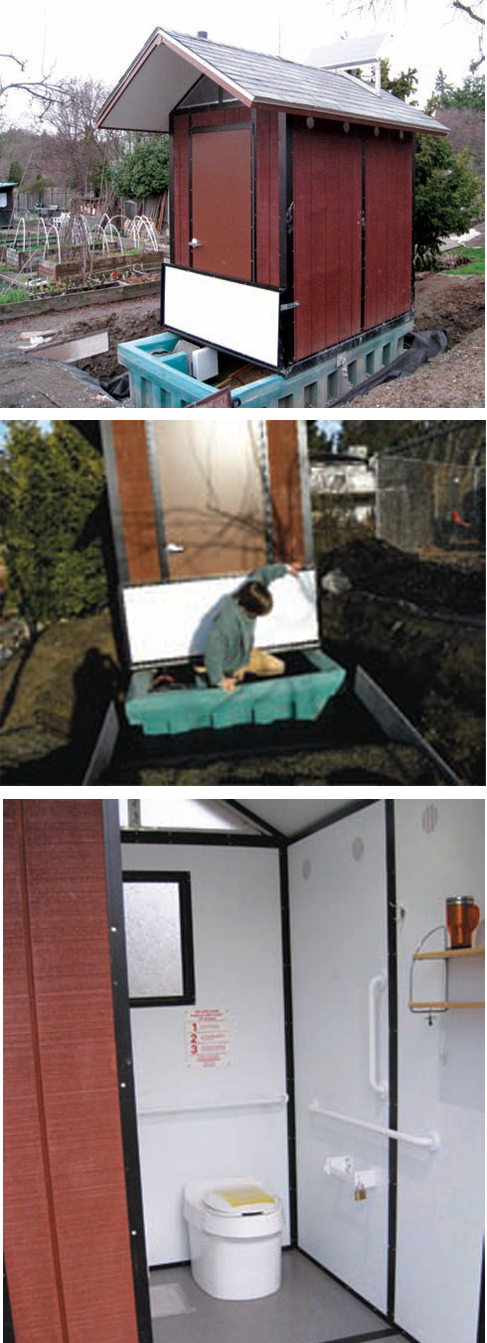
Residential Application
Kathy Escott & Bob Cremins Residence; Williams, Oregon
- Installed in their primary residence
- Kathy is a retired teacher and Bob is a children’s book illustrator
- Installed the Sun-Mar Excel composting toilet in 2000 as part of an addition to their house. Have not had any problems in odor, functionality or breaking parts.
- The Sum-Mar Excel costs about $1,695, has a 3-4 person capacity, and is the first ever self-contained composting toilet to be certified by the National Sanitation Foundation
- The Escott/Cremins toilet installed for daily use of 2 people with additional use in frequent parties, guests, and visits from the neighborhood kids
- The composting toilet was installed to conserve the couple’s well water and reduce the need for a septic system
(Figure 7: Kathy Escott & Bob Cremins Residence)
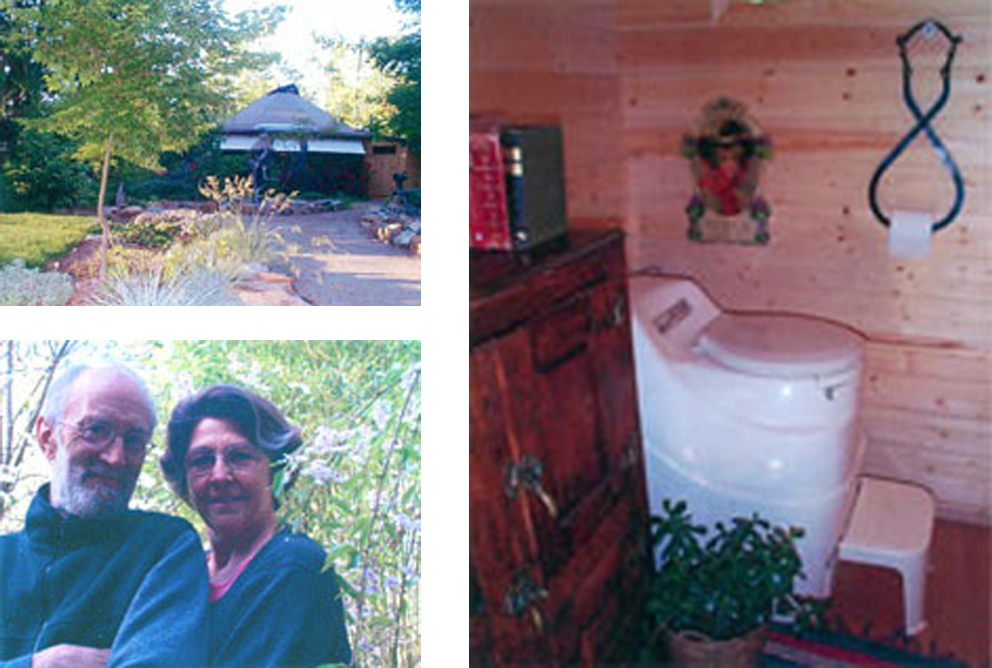
(Figure 8: Sun-Mar Excel Toilet)
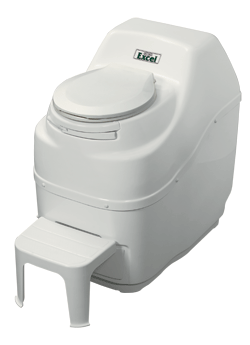
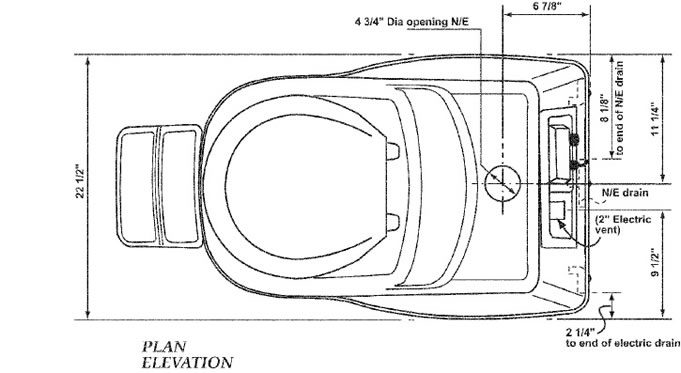
|







